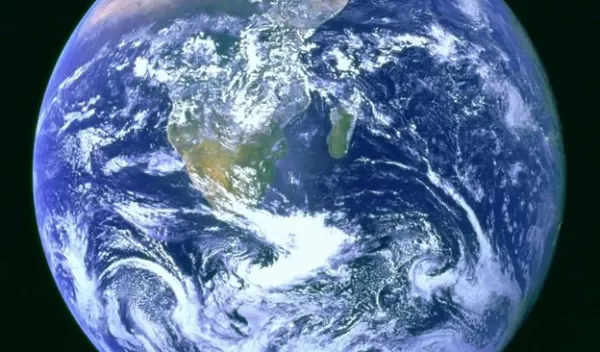
Ozone may be heating the planet more than we realize
Ozone may be weakening one of Earth's most important cooling mechanisms, making it a more significant greenhouse gas than previously thought, researchers have found.
A new study has revealed that changes in ozone levels in the upper and lower atmosphere were responsible for almost a third of the warming seen in ocean waters bordering Antarctica in the second half of the 20th century.
The deep and rapid warming in the Southern Ocean affects its role as one of the main regions for soaking up excess heat as the planet warms.
Most of this warming was the result of ozone increases in the lower atmosphere. Ozone -- one of the main components of smog -- is already a hazardous pollutant, but the research shows it may also play a significant role in driving climate change in the coming years.
Ozone close to Earth's surface is harmful to people and the environment, but this study reveals that it also has a big impact on the ocean's ability to absorb excess heat from the atmosphere.
The new research by an international team of scientists and led by the University of California, Riverside is published inNature Climate Change.
The U.S. National Science Foundation-supported team used models to simulate changes in ozone levels in the upper and lower atmosphere between 1955 and 2000, to isolate them from other influences and increase the current understanding of their impact on the Southern Ocean heat uptake.
"This study highlights the complexity of the atmosphere-ocean interactions that play a role in Earth's heat balance, and the need for continued observations of the atmosphere-ocean system and reliable models to simulate these processes," said Sean Kennan, a program director in NSF's Division of Ocean Sciences.
The simulations showed that a decrease in ozone in the upper atmosphere and increase in the lower atmosphere both contributed to warming seen in upper ocean waters in high latitudes.
The study revealed that the increased ozone in the lower atmosphere caused 60% of the overall ozone-induced warming seen in the Southern Ocean over the period studied – far more than previously thought.
Ozone is created in the upper atmosphere by the interaction of oxygen molecules and UV radiation from the sun. In the lower atmosphere, it forms due to chemical reactions between pollutants such as vehicle exhaust fumes and other emissions.
Changes in ozone concentrations in the atmosphere affect westerly winds in the Southern Hemisphere and causes contrasting levels of salt and temperature close to the surface in the Southern Ocean. Both affect ocean currents in distinct ways, thereby affecting ocean heat uptake.


